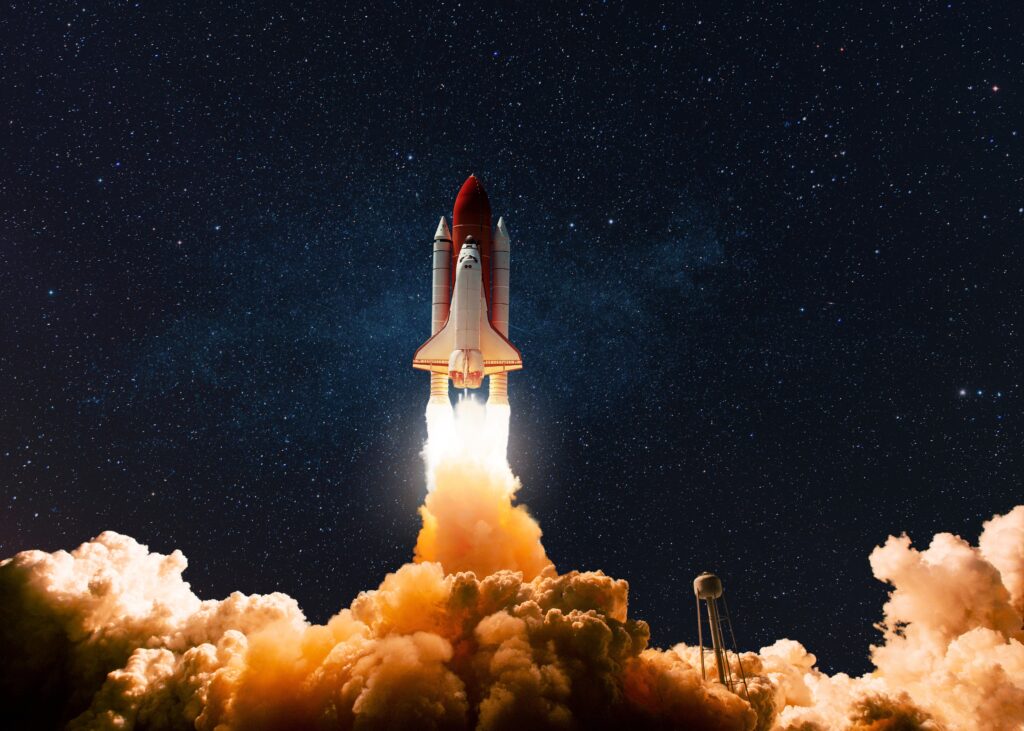SpaceX launches dual private lunar landers from Japan’s ispace and Texas-based Firefly Aerospace, advancing commercial space exploration. The missions will conduct vital experiments for future lunar exploration, with Firefly’s Blue Ghost and ispace’s Resilience rover targeting the moon. These efforts support NASA’s Artemis program and humanity’s return to the moon.
US and Japanese Space Startups Embark on Lunar Missions
SpaceX launched two privately built lunar landers early Wednesday, advancing commercial space exploration. The Falcon 9 rocket carried a rover from Japan’s ispace and a lander from Texas-based Firefly Aerospace. The launch occurred at 1:11 am ET from Kennedy Space Center in Florida.
Firefly’s Blue Ghost Mission 1 and ispace’s Resilience rover aim to conduct experiments critical for future crewed lunar missions. Both spacecraft separated one hour into flight and will independently journey to lunar orbit. Firefly’s lander is expected to touch down in early March, while ispace’s larger lander will arrive later, between May and June.
Resilience Rover: Japan’s Second Attempt
Ispace seeks redemption after its failed April 2023 moon landing. The Resilience rover will collect moon dust, test water and food sources, and analyze the moon’s surface. Targeted to land in Mare Frigoris, a region in the lunar north, the 5kg rover will conduct short sorties.
Ispace confirmed communication and power stability for the Resilience lander shortly after launch.
Blue Ghost: Advancing US Lunar Capabilities
Firefly Aerospace, making its first spaceflight, received a $145 million contract from NASA for its mission. The Blue Ghost lander will perform 10 experiments, including:
- Vacuuming moon dust
- Drilling to measure subsurface temperatures
- Testing a device for removing abrasive particles from spacesuits
Blue Ghost will also conduct research on navigation systems and radiation protection for onboard equipment. Before the lunar nightfall ends operations, the lander will capture high-definition imagery of a total eclipse and study how lunar dust interacts with twilight conditions.
Jason Kim, Firefly’s CEO, said, “This tribute to Apollo 17 astronaut Eugene Cernan will document the horizon glow he observed.”
The Artemis Program: Private-Public Collaboration
NASA’s partnership with Firefly reflects the Artemis program’s strategy to engage commercial industry in moon missions. These initiatives mark a shift from exclusive government-led space operations to collaborative efforts.
Next month, Texas-based Intuitive Machines will attempt its second contracted moon mission. The IM2 mission will deploy a lander equipped with water-hunting tools and the Micro-Nova hopper, capable of navigating shadowed lunar areas.
Since the 1960s, only the US, China, India, Japan, and the former Soviet Union have successfully landed vehicles on the moon. The current missions aim to pave the way for NASA’s Artemis III, slated for 2027, which will mark humanity’s return to the lunar surface.


